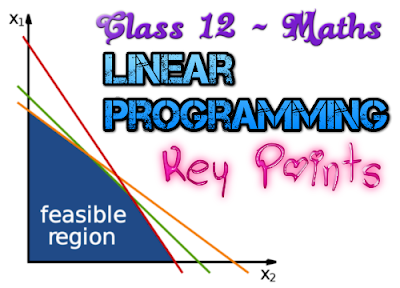Convergence of Technologies
Very Short Answer Type Questions
Question 1: Define convergence.
Answer: Convergence is a process by which communication networks and their services
are transformed such that:
(1) different network platforms carry a similar range of voice, audiovisual and data transmission services;
(2) different consumer appliances receive a similar range of service; and
(3) new services are being created.
Question 2: What do you mean by the convergence of technology?
Answer: Convergence of technology is the interaction of two or more different technologies in a single device or system.
Question 3: How to make the convergence technology possible?
Answer: To make the convergence technology possible, high-bandwidth networks, high-speed Internet access, compression of software and hardware that combines one or more technologies and takes advantages of the new methods of connectivity are required.






